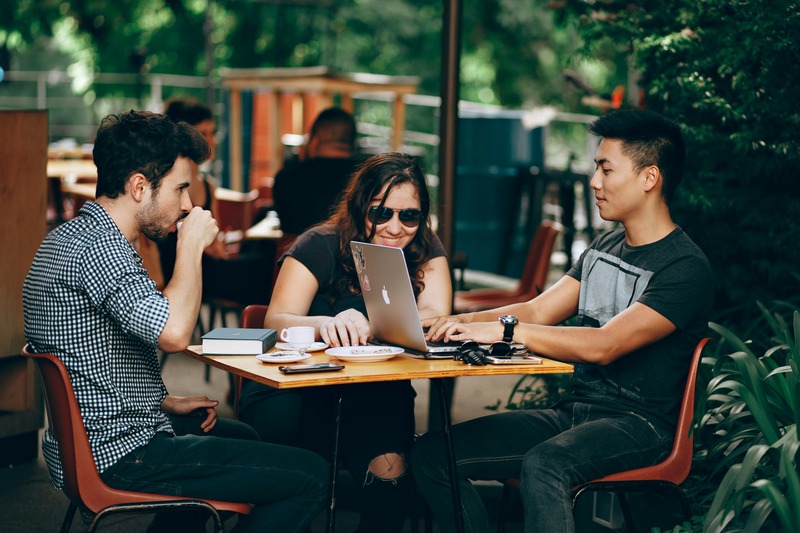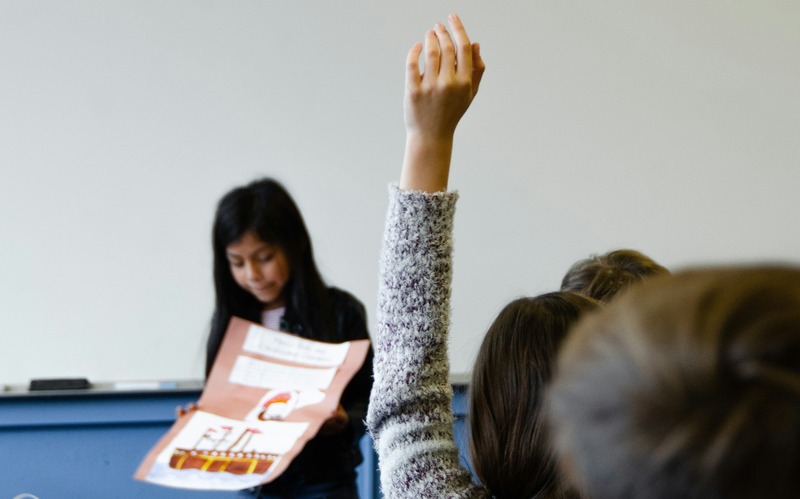Today’s era of education can be defined as student-centred learning. That doesn’t sound too expansive but if examined deeply, it really is. Representing myriads of cultures (and nationalities), schools are feasible in becoming an inclusive home where students engage in meaningful experiences that foster academic growth and personal growth.
Imagine a luscious tree. That tree’s trunk is sturdy, rooted to the ground and stretches above where branches are neither straight nor curved, yet organic and each supports perfect blossom amid the green. The tree is a child’s foundation, and the branches signify different variables as a beckon to foster the child’s 21st-century skills. One of the branches is exposure to diversity.
Why Diversity in Schools is Important
Schools are a melting pot of cultures and traditions, eagerly honouring diversity and adopting multiculturalism. Diversity in schools provides students with a unique advantage that broadens their understanding of the world and coaxes a more flexible and comprehensive approach to learning.
With a well-rounded education that includes rigorous academic instruction in all subjects and various extracurricular activities, students can explore their interests and develop important life skills. After all, schools at the moment inherently deliver the global citizens of tomorrow, one student at a time.
However, representation isn’t the sole point in recognising and honouring diversity. It also involves encouraging comprehension, empathy, and respect among students and educators.
From a student’s point, they shape into culturally aware and empathetic individuals in a global society from an early age. Those from diverse backgrounds convey distinct perspectives, thus, creating an intellectual common ground that enhances critical thinking, problem-solving, and creativity.

Learning about diversity from an early age can lead to more inclusive and respectful interactions with others. Consistent exposure to varying viewpoints teaches students to contest conventional ways of approaching subjects.
Have you ever paid attention to what children discuss amongst their peers? Their natural curiosity revolves around their interests. Dash in cultural differences into the mix and their existent curiosity regarding food, sports, art, clothes, books, games, toys, and dances amplifies to another branch.
This openness and enthusiasm for learning from and about “different” people is something teachers must encourage and nurture. With the right teaching tools, teachers can facilitate diversity and inclusion for the next generation of students by the following:
Learning from each other
Textbooks are no longer a student’s mere source of learning. The overall learning environment in classrooms should mirror this ideology too. Group projects, discussions, and presentations are some approaches to promoting a diverse student body’s viewpoints and experiences as students can interactively exchange from one another. More active involvement in varied cultural activities includes organising events, clubs, or programs that celebrate and highlight different cultural backgrounds. They acquire profound knowledge and absorb from each other that evidently nurtures empathy, expands horizons, and prepares them for the world beyond.
Establishing a safe space, regardless of backgrounds
Respecting differences is a trait all schools instil in their students and teachers. The word “interactive” is bound to pop up correlating to diversity because “interactive” enables individuals to openly express every facet of their authenticity - their background, interests, cultural norms, dislikes, etc. Establishing a safe space to allow such expression requires a respectful environment everywhere, especially in schools. This could be through clubs and activities where students can challenge stereotypes, dissolve barriers, and become advocates for inclusivity and equality.
Welcoming and supporting inclusivity
Regardless of a school’s location and curriculum, a welcoming and supportive atmosphere where inclusivity flourishes is fundamental. Embracing diversity further dwells in the strong connection of the local community and a heightened appreciation for heritage. Schools in Indonesia, for example, espouse the country’s rich culture by actively engaging in activities of customs, language, and traditional music, dances, and cuisines. Moreover, international schools in Indonesia provide comprehensive programmes in modern languages (Bahasa Indonesia, French, Spanish, Mandarin, Japanese, Korean, Arabic, etc.) at native levels. The enlightening scope of languages is essentially a branch of becoming global citizens.
In a rapidly diversifying world, students merit teachers and educational resources that teach diversity in the classroom and assert the importance of inclusion, respect, justice, and global understanding for all. A supportive atmosphere where students learn, grow, appreciate, and support the wealth of different cultures, as well as diverse groups, polishes strong leaders of diverse and inclusive communities.




 Mirella Pandjaitan
Mirella Pandjaitan
 Oct 01, 2024
Oct 01, 2024






